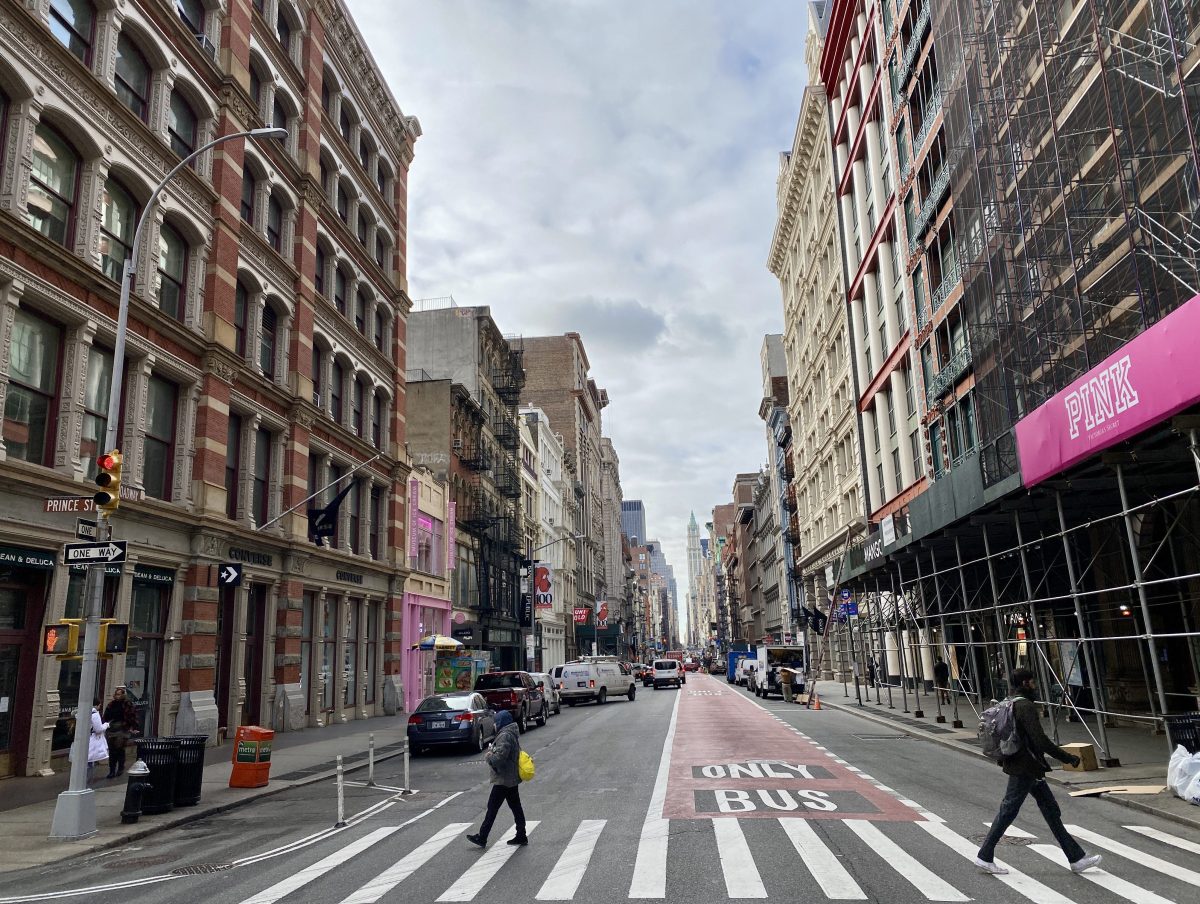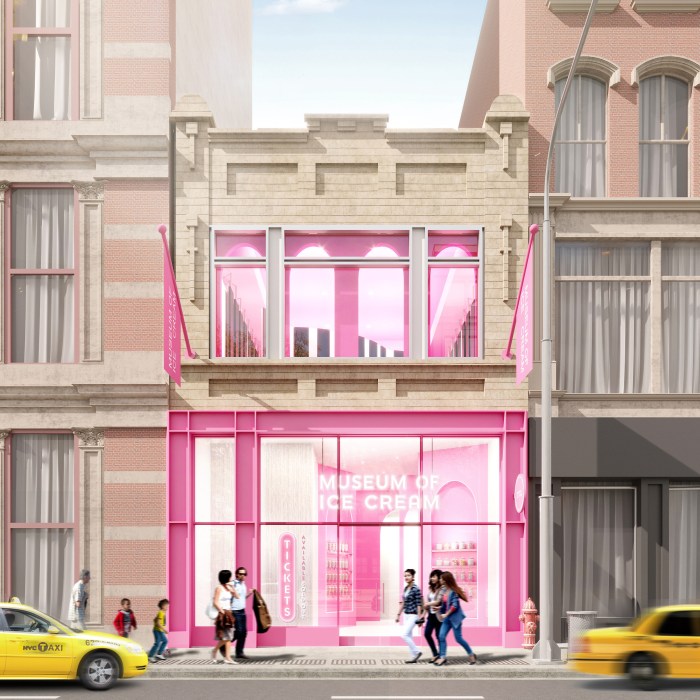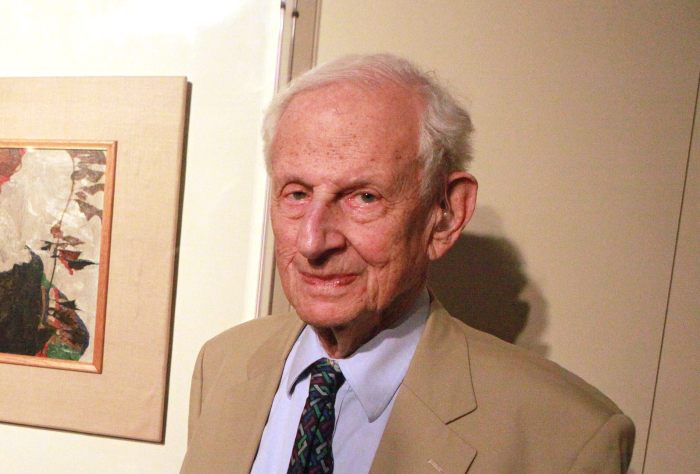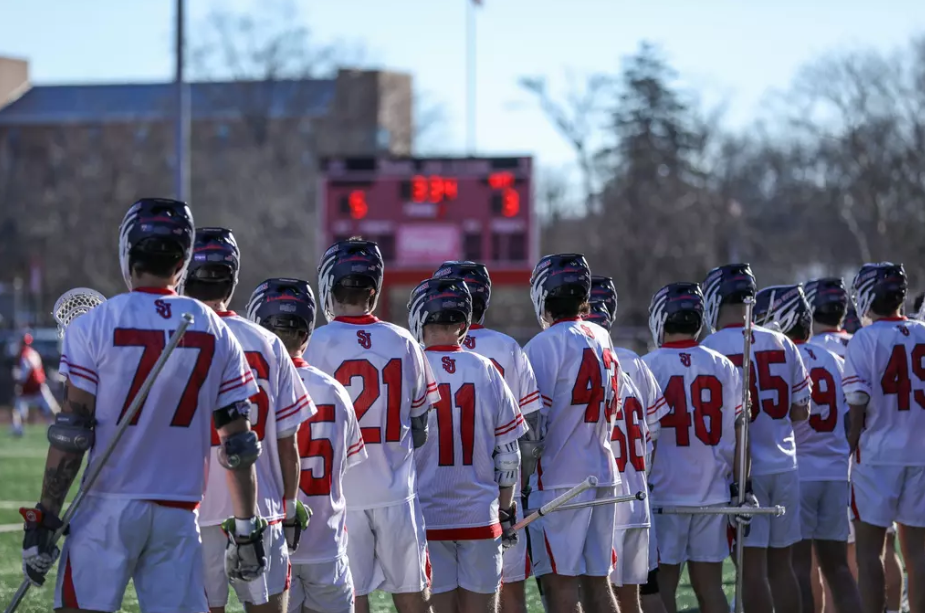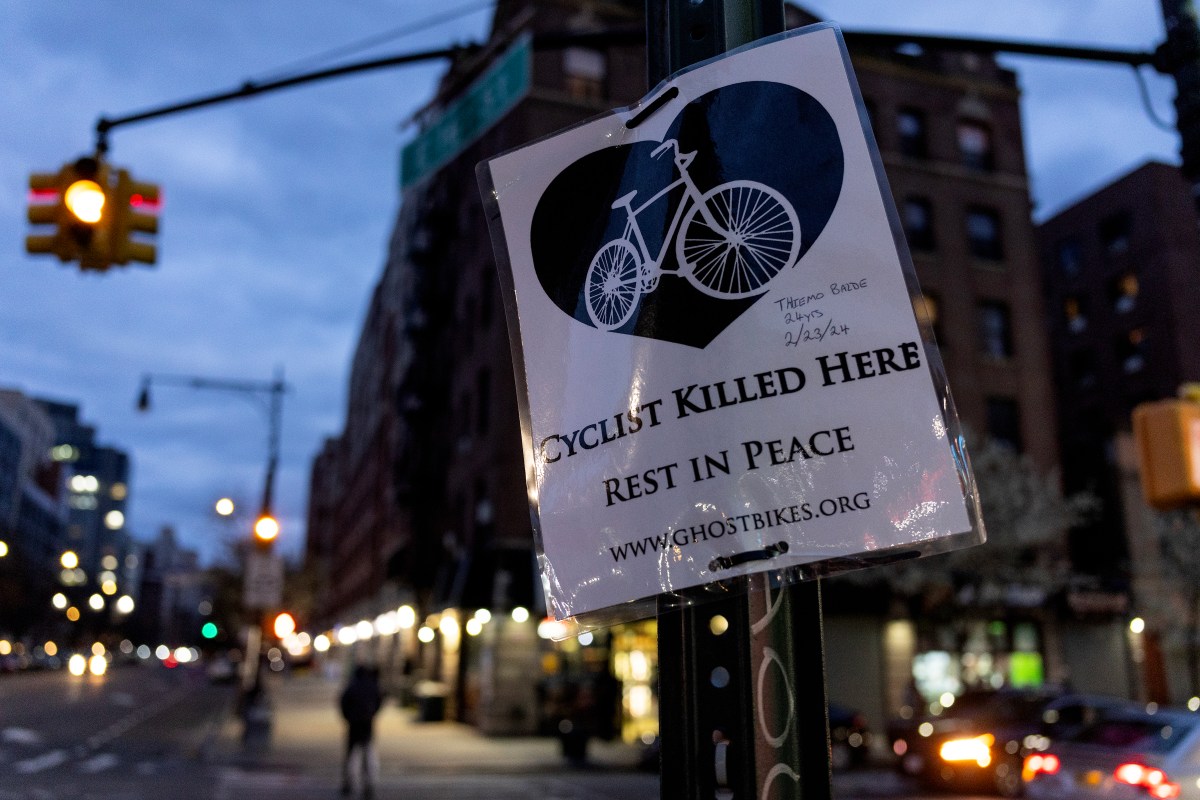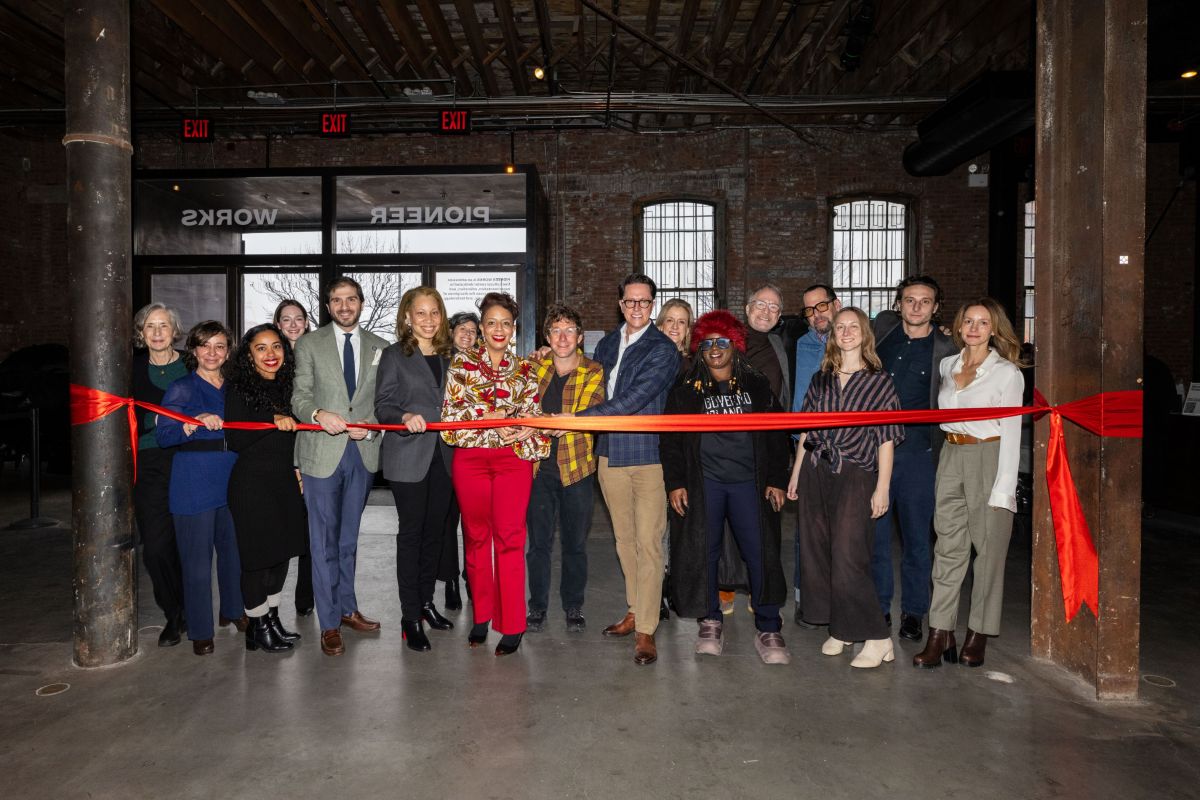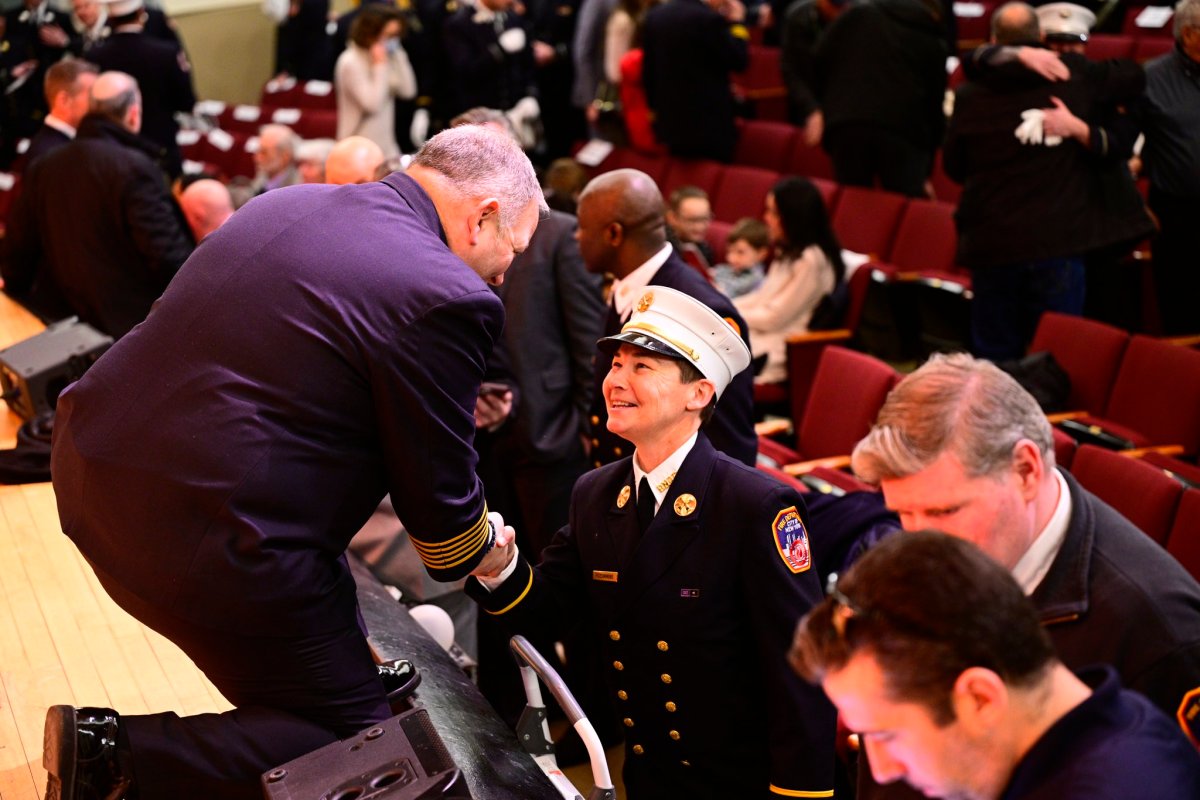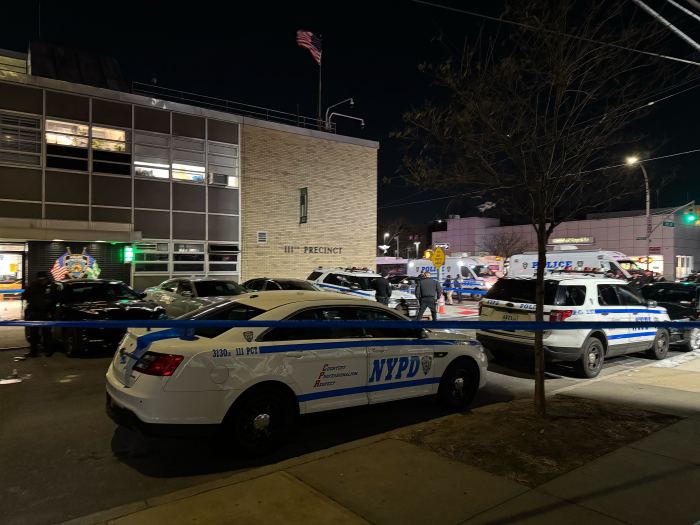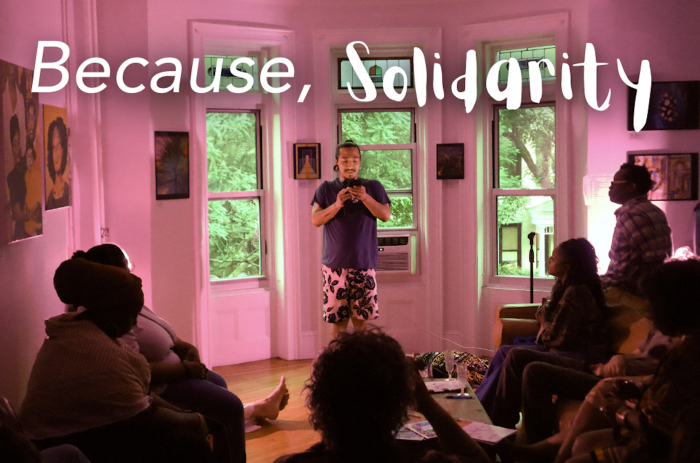The de Blasio administration’s controversial plan to rezone SoHo and NoHo, which has opinionated residents across the city divided on the topic, could see some of the city’s trendiest real estate become whiter and wealthier.
That is, if a new report from Village Preservation is correct.
Criticizing the premise for Mayor Bill de Blasio’s plan to bring affordability and diversity to Lower Manhattan, Andrew Berman, Executive Director of Village Preservation, says the plan threatens the existing diversity of the neighborhood by pricing out Asian Americans in particular as well as the sum 5,800 people making less than $100,000 per year.
“The city’s SoHo/NoHo rezoning plan is being packaged as one which will increase equity, affordability, and diversity, and generate a great deal of new affordable housing. In fact, a closer examination shows it will do none of these, and would in fact make these neighborhoods richer, whiter, and more expensive than they are now, while disproportionately squeezing out lower income tenants and people of color,” Berman said. “The good news is the city does not need to move forward with this flawed plan. We have proposed an alternative that will protect and increase affordable housing, and we hope the city will consider that.”
Berman also contests through the study that the rezoning would put up to 105 buildings at risk of demolition, a concern for historical preservation, as he’s argued in the past.
“As sure as the sun rises in the east, someone will throw the book at whoever tries to build affordable housing in this city,” Mayoral spokesman Mitch Schwartz said. “We’re not interested in freezing New York City in amber. It’s time to reimagine a fairer and better city – and that means bringing jobs and housing to SoHo and NoHo.”
City Hall’s proposal seeks to change course from M1-5B zoning currently designed to allow for manufacturing and joint living/workspace for artists in sections defined by Canal Street to the south, Houston Street and Astor Place to the north, Lafayette Street and the Bowery to the east, and Sixth Avenue and West Broadway to the west.
The zoning change would be the first in the area since 1971 and allow for up to 3,200 new apartments to be built. The de Blasio administration says approximately 328 to 494 affordable units will be permanently affordable through the Mandatory Inclusionary Housing law, as detailed in the Environmental Impact Statement. MIH was approved by the City Council in 2016 and requires 10% of new developments to be affordable at 40% of the area median income, calculated by region rather than by zip code.
De Blasio administration officials have long been skeptical of Berman’s take on the matter, claiming that it aims to keep a certain status quo in place while some residents in outer borough communities where gentrification has taken place have asked the question; if not in SoHo, then which underprivileged neighborhood would be up-zoned in its place?
Even the Regional Plan Association believes this to be an equitable plan to expand affordable housing options in Lower Manhattan.
The plan is undergoing the ULURP public review process and inches closer to certification in the next few months.
Read all 32 pages of the study by following this link.



